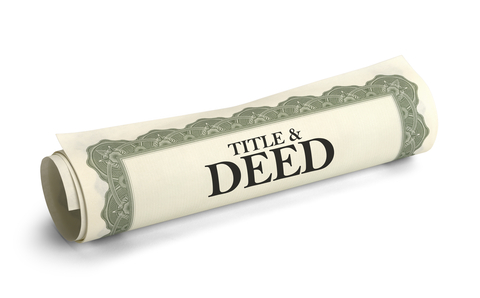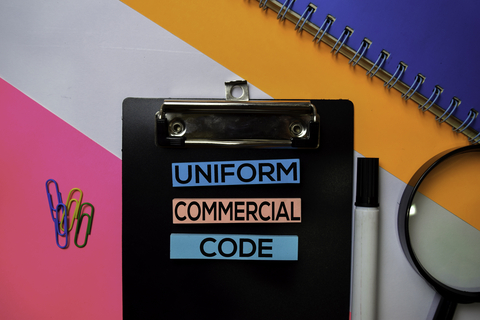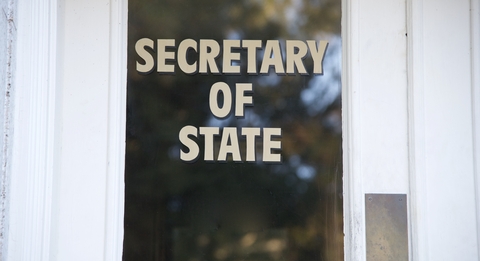Top tips for working with recorded documents
Fraud examiners, private investigators, risk managers, researchers, and others use public records all the time, and most of us will say they’re challenging, far from perfect, and indispensable. They’re a mainstay of our work, in spite of their difficulties. Recorded documents, a certain type of public record, are no different.
Recorded documents are documents that are filed with a public office such as a county recorder, usually to provide a traceable chain of title for real estate and property transactions. There are more than 100 types of recorded documents, including deeds, mortgages, liens, easements, maps, and UCC filings. Vital records such as birth certificates, marriage licenses, divorce decrees, and death certificates, are also considered recorded documents
Typically, a document is recorded to ensure their authenticity and legal standing. Doing this helps prevent fraud, settle disputes, and inform the public. For researchers and investigators, this means they contain lots of valuable intelligence that can be used for due diligence, litigation, judgment enforcement, fraud investigations, and more. Names, dates, descriptions, and other nuggets contained in these legal documents make it worth learning how to find and use them quickly and effectively.
Here are some of my top tips for working with and avoiding the challenges of recorded documents:
Know your sources and when to use them
When you know the property or business location, use direct sources like the county recorder’s office. This is the official source. Sometimes , though, we don’t know locations, so that’s when it’s a good idea to cast a wider net and search many locations at once using an aggregator, a source that collects records from multiple direct sources. For public records, these might include LexisNexis, Tracers, IDICore, and other fee-based products.
Always verify at the official source
The aggregators come in handy for broad searches, but they are only a starting point. They don’t contain official records, sometimes there may be data-entry errors, and you can’t be sure the aggregator has collected all the records. That’s why you need to verify and obtain official copies at the original source. Keep in mind that, while you may be able to search records online, in some jurisdictions their online search sites are not certified, so you still may need to go in person for official documents.
Know where to look
This is where it gets tough. Recorded documents can be found in a number of different places. They may even be in two places. It all depends on local regulations. You’ll also find that different jurisdictions have different names for the same document. Many are kept on the county level with the clerk or the recorder. Others might be on the state level at the Secretary of State’s office or the Department of Health. Some states are moving towards a unified system for recorded documents, but, in most places, they’re scattered. A good rule of thumb is to start at the county level and try Googling it: jefferson county colorado deed search–but often the best approach is to pick up the phone and ask.
Recorded documents can be a goldmine for information about people, properties, and businesses. Unfortunately, searching and retrieving them can be frustrating and time consuming. To learn more about recorded documents and best practices for searching, check out my new online course. (use this link for a 10% discount!)



